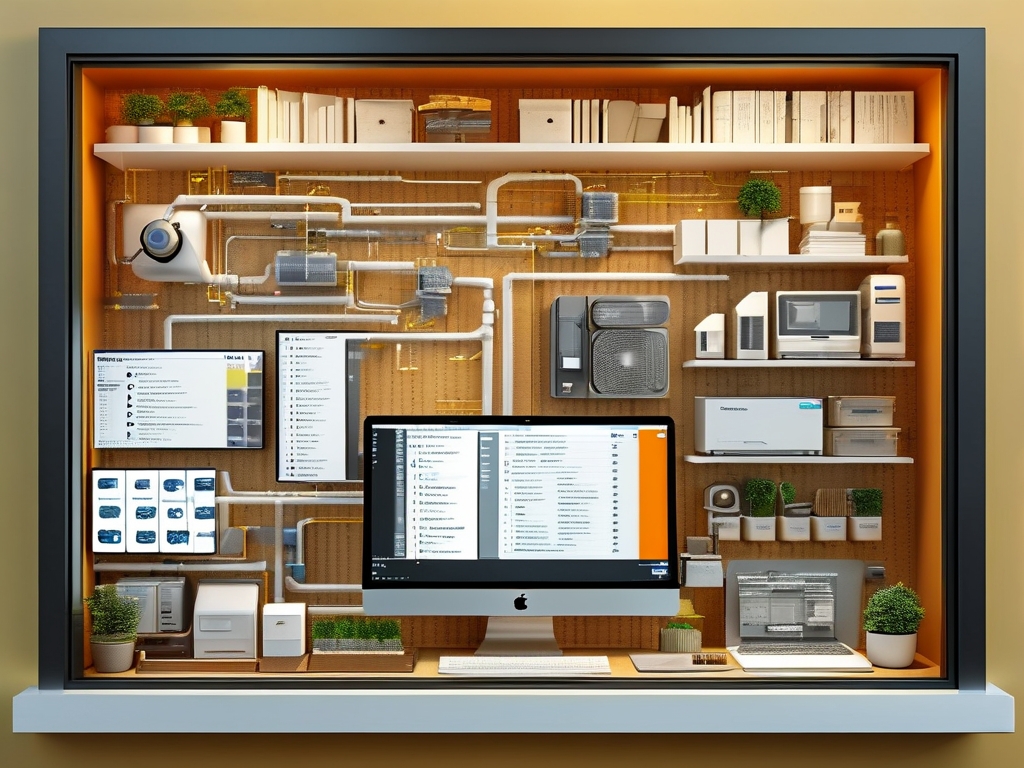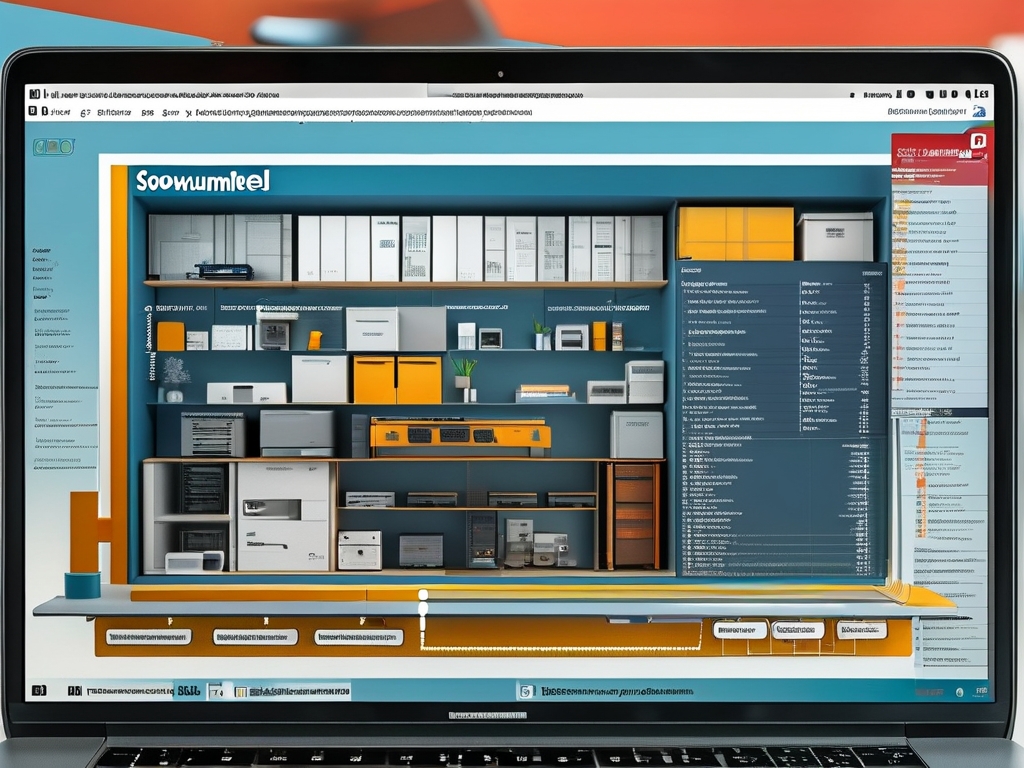In today’s fast-paced retail landscape, automated window display deployment has emerged as a critical tool for enhancing visual merchandising efficiency. By integrating technology with creative design, businesses can deliver dynamic, eye-catching displays that adapt to real-time customer behavior and seasonal trends. This article explores actionable strategies for building a robust automated deployment framework while addressing common challenges.
Understanding the Core Components
An effective automated window display system relies on three pillars: hardware integration, software orchestration, and data analytics. Modern solutions often combine IoT-enabled lighting systems, motorized display units, and high-resolution digital screens. For instance, smart LED panels can be programmed to switch content based on time-of-day foot traffic patterns detected by occupancy sensors.
A typical deployment script for content rotation might look like this:
def update_display(content_queue, sensor_data):
if sensor_data['occupancy'] > threshold:
activate_premium_content()
else:
cycle_standard_content()
log_engagement_metrics()
Implementation Workflow
Successful automation requires meticulous planning across four phases:
- Needs Assessment: Audit current display changeover timelines and identify pain points
- Technology Stack Selection: Choose between cloud-based vs edge-computing architectures
- Content Pipeline Development: Establish protocols for digital asset management
- Staff Training: Prepare visual merchandising teams for new workflow paradigms
Retailers like Zara Home have reported 40% reduction in display update costs after implementing automated systems that sync with inventory databases. When stock levels for featured items drop below 15%, the system automatically triggers display content updates through API integrations:
app.post('/update-display', (req, res) => {
const inventory = fetchInventoryLevels();
if (inventory < 15) {
activateFallbackDesign();
notifyMerchandisingTeam();
}
});
Addressing Technical Challenges
While automation offers clear benefits, organizations must navigate interoperability issues between legacy systems and modern platforms. A hybrid approach using middleware adapters has proven effective for retailers with existing POS infrastructure. Regular system audits should verify:

- Content rendering consistency across display formats
- Sensor calibration accuracy
- Emergency manual override functionality
Future-Proofing Strategies
Forward-thinking retailers are experimenting with AI-driven predictive display systems. These solutions analyze historical sales data, weather patterns, and social media trends to generate display concepts. A/B testing frameworks help refine algorithmic recommendations:

def optimize_layout(design_a, design_b):
track_customer_dwell_time()
compare_conversion_rates()
return winning_design
As augmented reality becomes mainstream, integration with mobile apps will enable phygital displays that respond to individual customer profiles. However, this requires careful consideration of data privacy regulations and opt-in consent mechanisms.
The transition to automated window displays represents more than just technological adoption—it demands reimagining the role of physical retail spaces in the digital age. By maintaining a balance between automation and human creativity, retailers can create immersive experiences that drive foot traffic while streamlining operations. Regular system updates and staff upskilling programs will ensure sustained success in this evolving domain.

